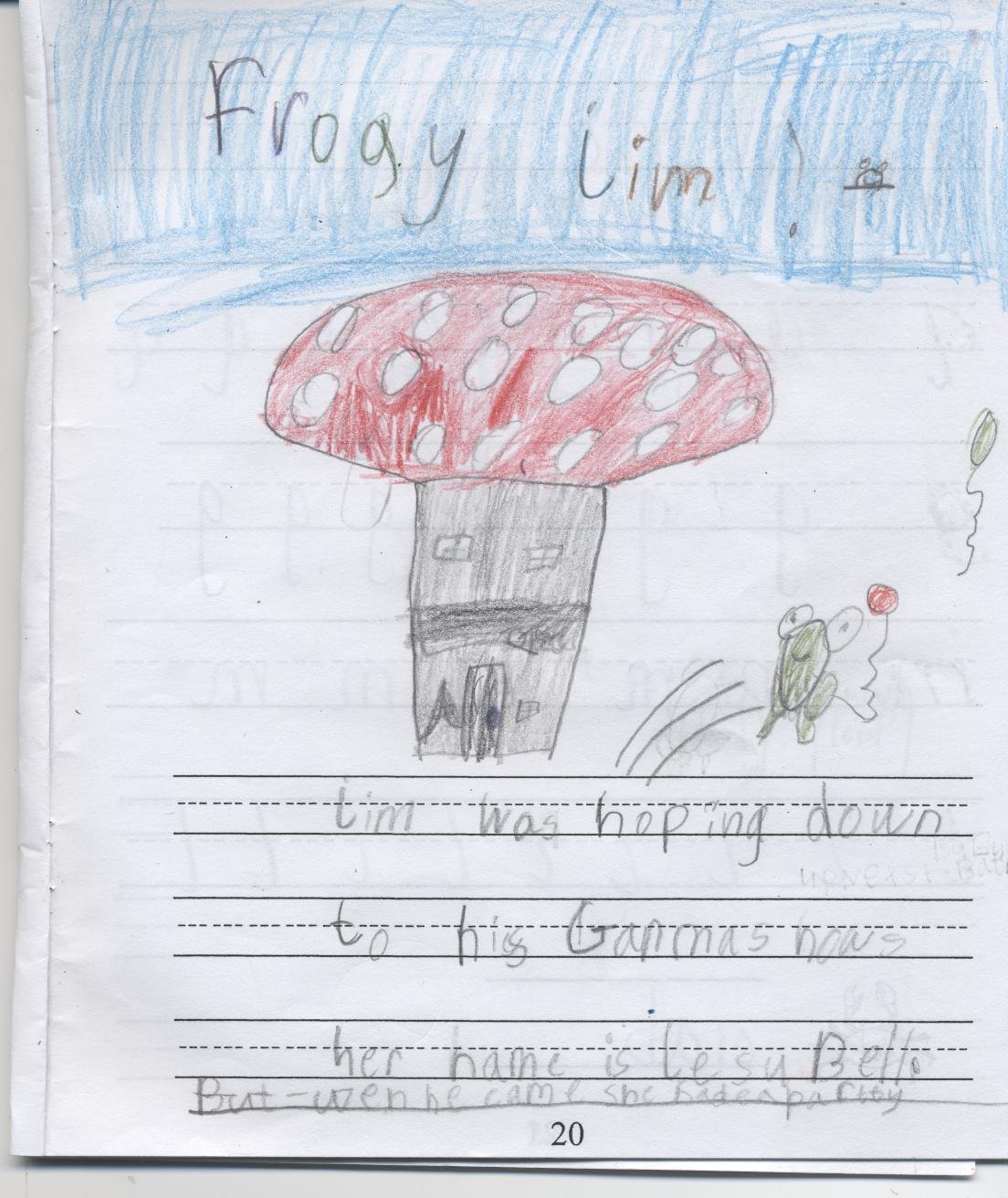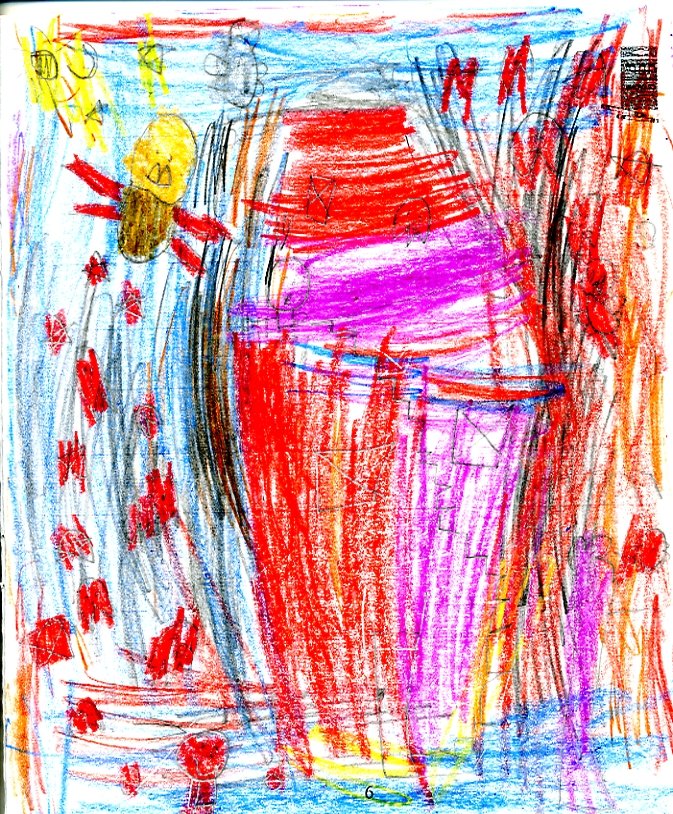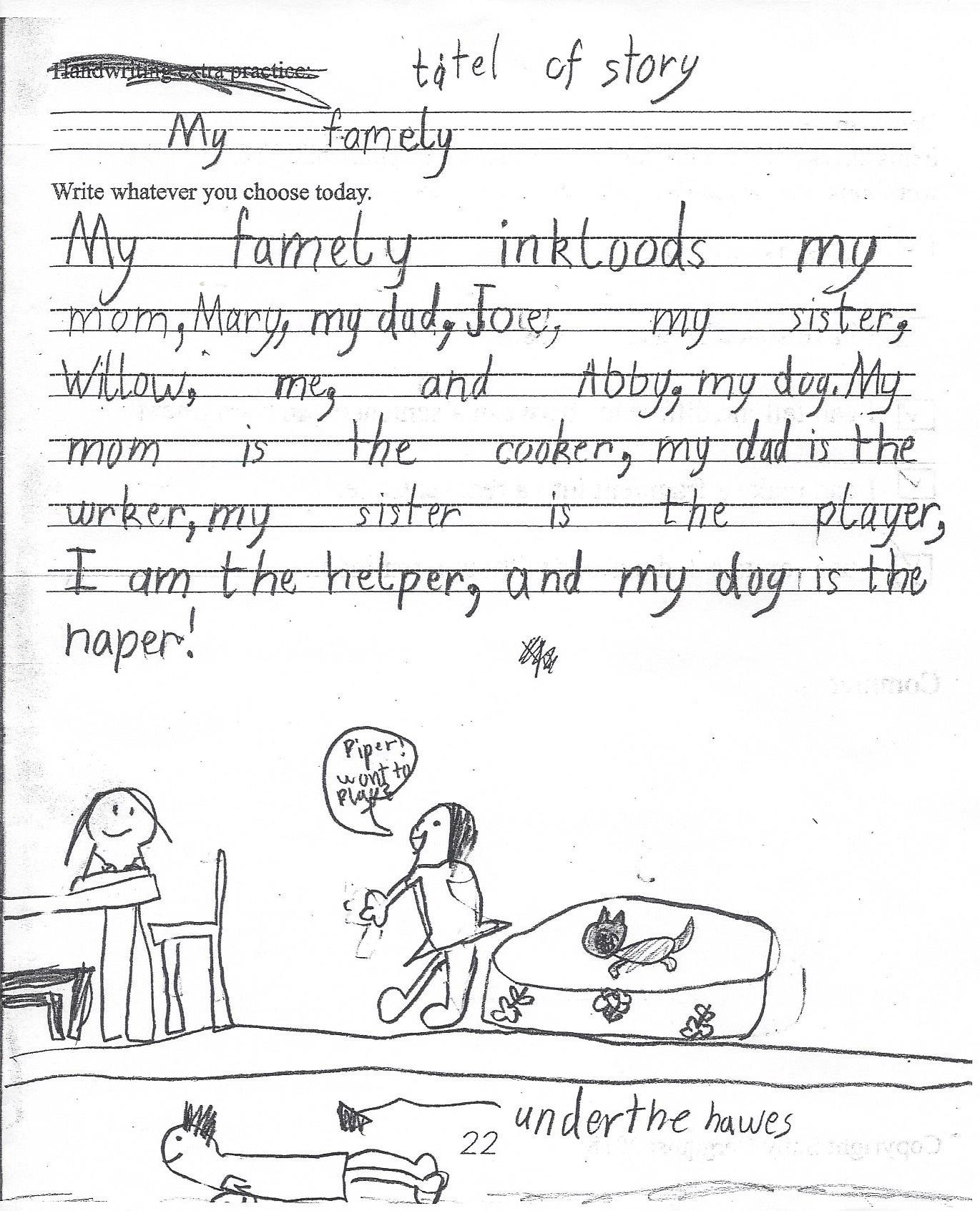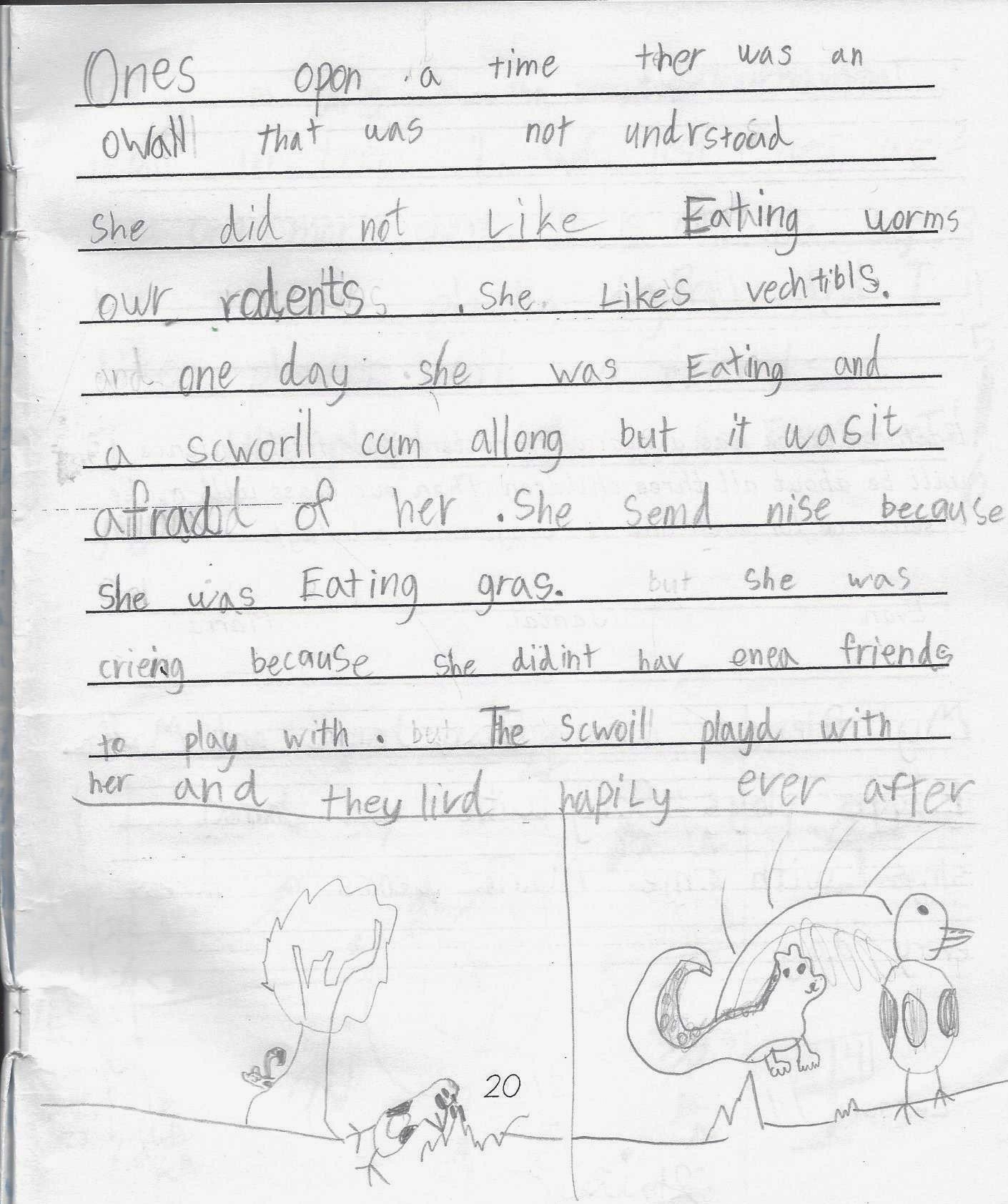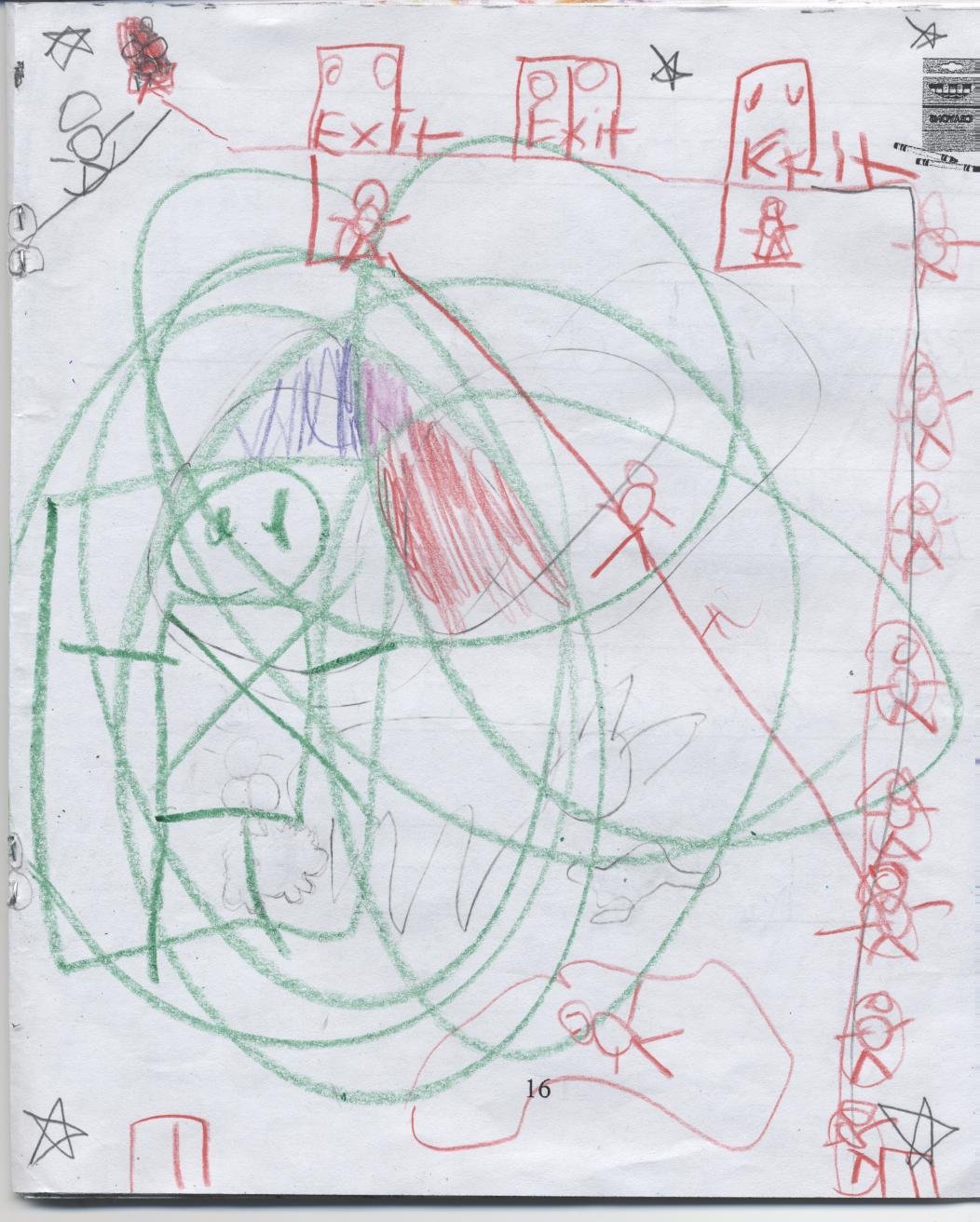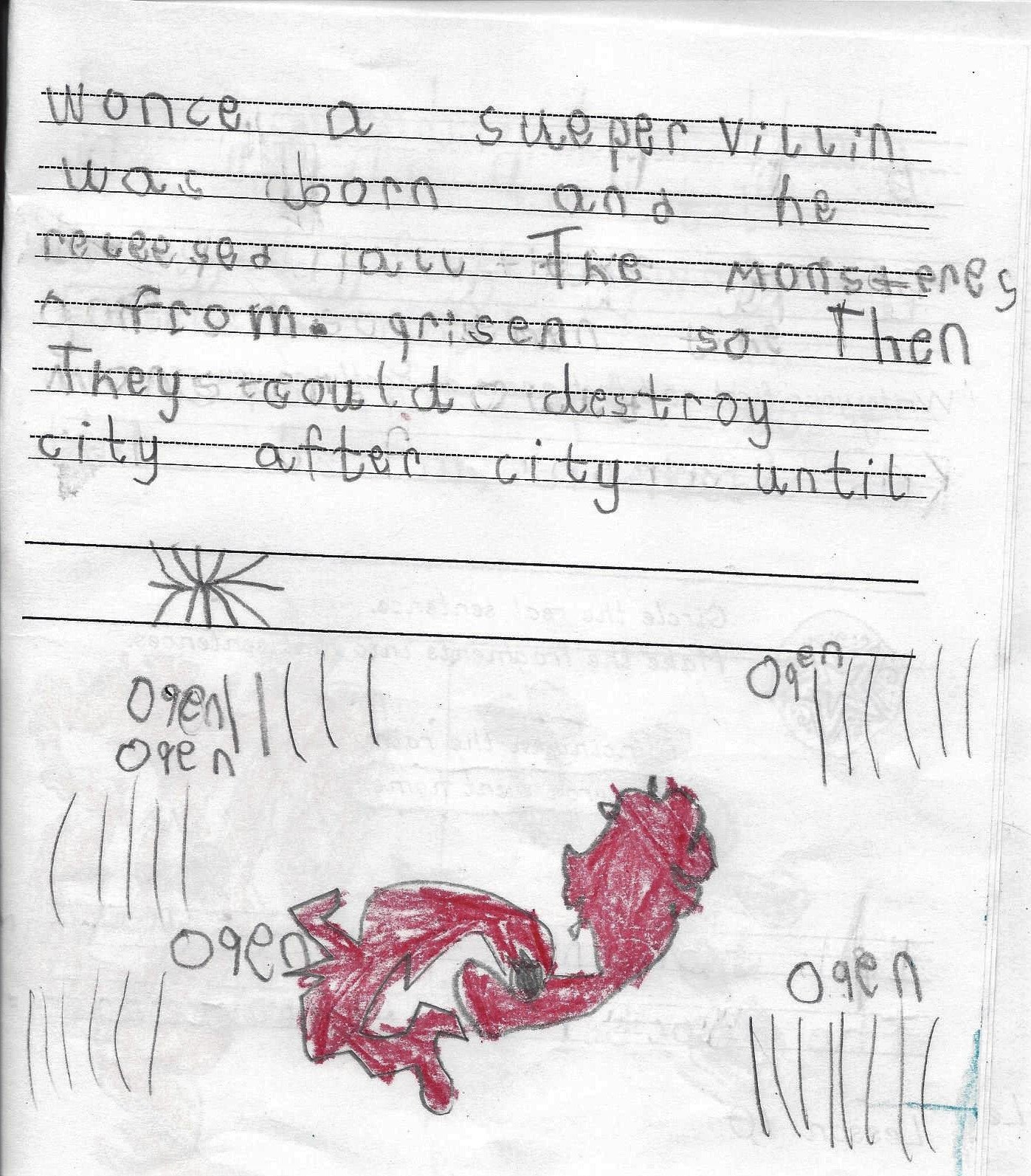Why “free writing” is important when teaching kids to write at any age
When I was in eighth grade, I was given the best writing assignment of my life: my English teacher told us to get a blank notebook and write about anything we wanted.
We had to turn it in once a week for him to read, which wasn’t an issue for me since I needed an audience for all of my opinions and frustrations. Ken Ricardi was an eager young teacher and wrote responses to everything, and I adored him.
Here’s the cover of my first journal. I was 13.
Inside are stories about my family, silly rhyming poems, a little bit of reflection, and lots of lots of opinions and judgements.
People who were racist or who disagreed with my family’s politics and values were roasted on these pages. But then again, so were the “old ladies” on the city bus. Geez, what did I have against “old ladies” - apparently I never thought I would become one.
Even though I cringe when reading those old journal pages, I can see the kind of learning that was going on as I wrote them.
I was finding my voice as a writer. I was processing the world around me. I was also finding my personal style of writing, which for the first time didn’t have to sound like I was writing a book report.
What I have found in teaching kids to write in kindergarten, first, and second grade is that they have the same need for freedom of expression. Writing isn’t meant to be just for reports and assignments. It’s also a release of creative energy.
Assignments, writing prompts, and reports can also bring out creativity, don’t get me wrong. There is a lot to learn from structured literacy and specific writing assignments.
But when faced with a blank piece of paper and the only task is to “write something”, we have to be motivated from within, and I think it’s important for every student to have that experience once in awhile.
One benefit I found from giving my class the chance to free write often was that I got to know them better. They wrote about what was going on in their lives. I saw wit and humor. Some made cartoons or started chapter books. And some sat and stared at the blank page and that helped me to remember that creativity can be scary, too.
It wouldn’t be good to let students free write all the time, though. When we are choosing what to write, we naturally tend to stick with genres and topics we are familiar with and comfortable with. Some children might write about video games every day unless given an assignment that stretches them into new territory.
But I don’t think that’s a problem in most classrooms, because usually the opposite is true. Most kids don’t have the time to write just for fun.
Here’s a little gallery of free writing from first and second graders. Two of the first graders were not writing many words yet, but I thought their pictures were thought provoking and captured emotion. Some children love to express themselves with color. Enjoy!


